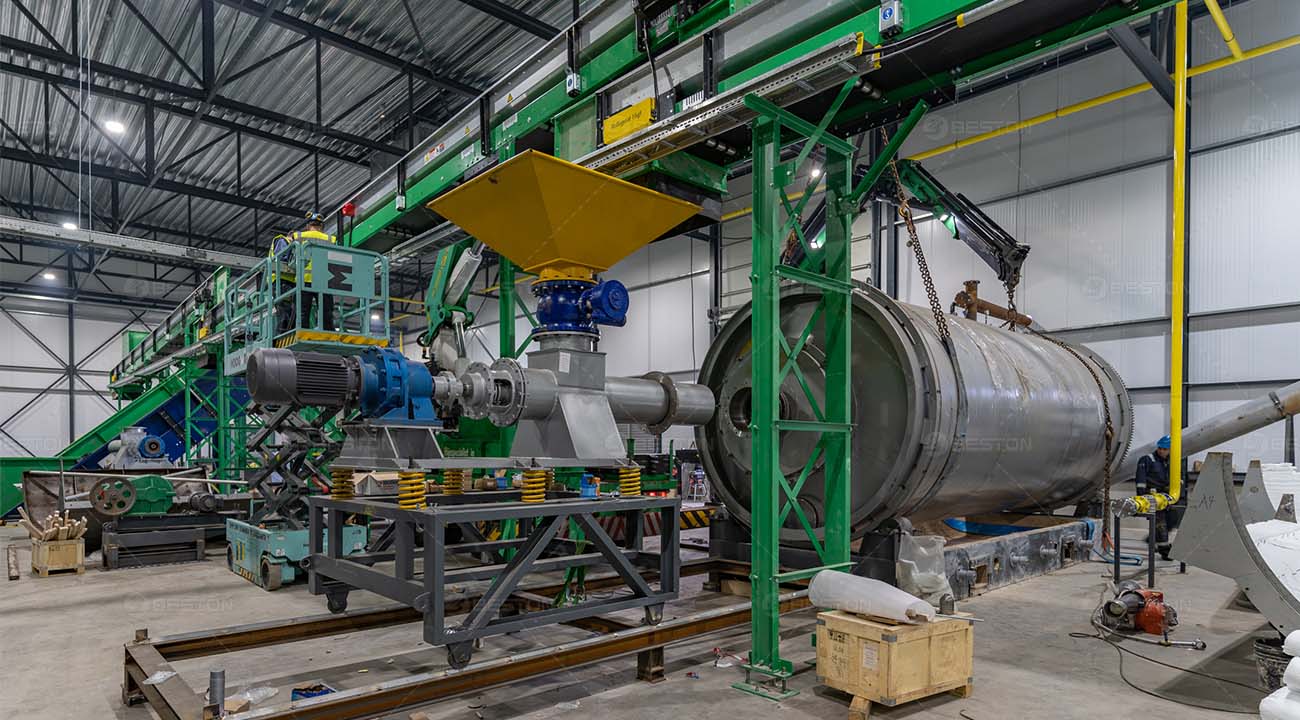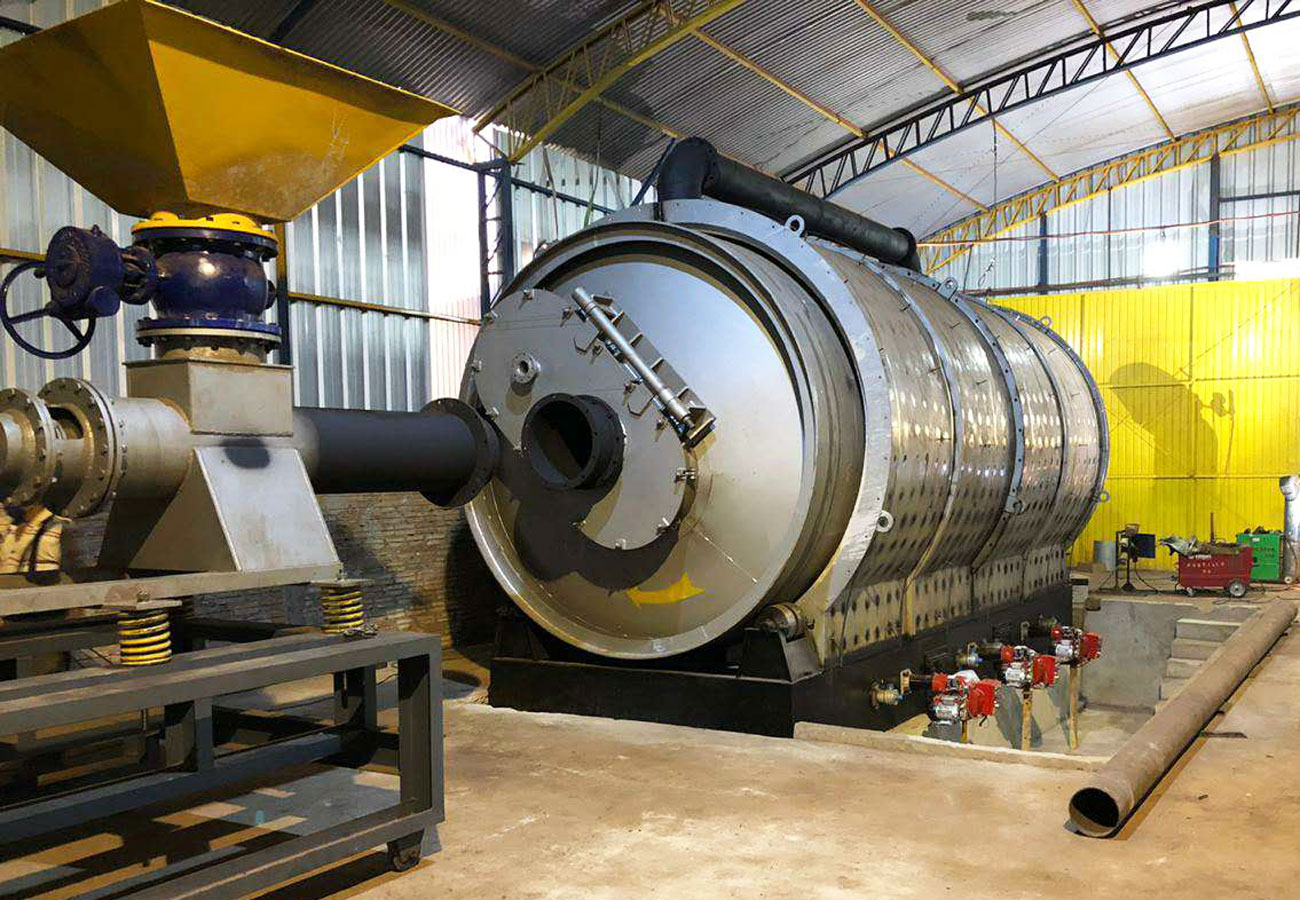Plastic waste has become a pressing environmental concern, with its improper disposal leading to pollution and resource depletion. In this article, we will delve into the world of waste plastic pyrolysis plants, exploring their working principles, advantages, challenges, and future potential.
Definition of Waste Plastic Pyrolysis Plant
A plastic pyrolysis plant is an advanced technological system designed to convert plastic waste into valuable products through the process of pyrolysis. Pyrolysis involves the thermal decomposition of organic materials in the absence of oxygen, resulting in the production of useful byproducts such as fuel oil, carbon black, and gas.
Working Principle of a Waste Plastic Pyrolysis Plant
Pyrolysis Process Explained
The pyrolysis process in waste plastic pyrolysis plants starts with the feeding of plastic waste into a reactor. The waste is then subjected to controlled heating in an oxygen-free environment. As the temperature rises, the plastic waste undergoes thermal degradation, breaking down into smaller hydrocarbon molecules.
Role of Temperature and Heating Rate
Temperature plays a crucial role in waste plastic pyrolysis. Typically, temperatures range from 300 to 500 degrees Celsius, depending on the type of plastic being processed. The heating rate is carefully controlled to optimize the reaction in pyrolysis reactor for sale, ensuring high-quality output and minimizing undesirable byproducts.
Reactor Types in Waste Plastic Pyrolysis Plants
Waste plastic pyrolysis plants employ various types of reactors, including fixed-bed reactors, fluidized-bed reactors, and rotary kilns. Each reactor design has its advantages and limitations, such as differing heat transfer mechanisms and processing capacities. The choice of reactor depends on factors like feedstock composition, desired output, and plant scale.
Advantages of Waste Plastic Pyrolysis Plants
Resource Recovery and Circular Economy
Waste plastic pyrolysis plants contribute to resource recovery by converting plastic waste into valuable products. The resulting fuel oil can be used as a substitute for traditional fossil fuels, reducing the reliance on non-renewable resources. Additionally, the production of carbon black and gas opens up possibilities for various industrial applications.
Energy Generation and Carbon Emissions Reduction
The energy generated from the waste plastic pyrolysis process can be utilized within the plant itself, reducing the need for external energy sources. Moreover, by replacing conventional energy sources with fuel oil derived from plastic waste, waste plastic pyrolysis plants can significantly reduce carbon emissions, contributing to climate change mitigation.
Reduction of Landfill Waste
One of the major advantages of waste plastic pyrolysis plants is the diversion of plastic waste from landfills. By transforming plastic waste into useful products, these plants minimize the burden on landfills, thereby conserving valuable land and reducing environmental pollution associated with plastic disposal.
Challenges and Limitations of Waste Plastic Pyrolysis Plants
Quality and Composition of Feedstock
The quality and composition of plastic waste can significantly impact the pyrolysis process. Contaminants, such as PVC or other non-pyrolyzable plastics, may affect the efficiency and quality of the output. Therefore, careful sorting and preprocessing of plastic waste are essential to ensure optimal performance of waste plastic pyrolysis plants.
Emission Control and Environmental Concerns
While continuous tyre pyrolysis plant offers environmental benefits, they also pose challenges in terms of emissions control. The pyrolysis process can release potentially harmful gases and volatile organic compounds (VOCs). Advanced emission control systems, such as scrubbers and filters, are employed to minimize environmental impacts and ensure compliance with regulations.
Technological Limitations and Scalability
Waste plastic pyrolysis technology is still evolving, and certain limitations exist. Achieving consistent product quality, scaling up production, and optimizing plant efficiency are ongoing challenges. Further research and development efforts are required to enhance the technology, overcome limitations, and make waste plastic pyrolysis plants more economically viable and sustainable.
Promising Applications and Future Outlook
Conversion of Plastic Waste into Valuable Products
Waste plastic pyrolysis plants open up opportunities for the conversion of plastic waste into valuable products. The fuel oil produced can be used as a feedstock for various industries, such as petrochemicals, transportation, and power generation. Carbon black finds applications in rubber manufacturing, ink production, and other industrial sectors.
Potential for Decentralized Waste Management
Waste plastic pyrolysis plants offer the potential for decentralized waste management, enabling communities and industries to process plastic waste locally. This decentralized approach reduces transportation costs and carbon emissions associated with long-distance waste disposal, fostering sustainability at the local level.
Research and Development Efforts
Researchers and engineers are actively working to improve waste plastic pyrolysis technology. Ongoing research focuses on optimizing reactor designs, exploring new catalysts, and developing advanced sorting and preprocessing methods. These endeavors aim to enhance product quality, increase energy efficiency, and address environmental concerns associated with waste plastic pyrolysis. For more details about plastic pyrolysis, you can get it on the website of Beston Group: https://bestonasia.com/
Conclusion
Waste plastic pyrolysis plants play a vital role in sustainable waste management, offering a promising solution for the pressing issue of plastic waste. Through the effective conversion of plastic waste into valuable products, these plants contribute to resource recovery, energy generation, and reduction of landfill waste. However, challenges such as feedstock quality, emissions control, and technological limitations persist. With ongoing research and development, waste plastic pyrolysis plants hold the potential to drive a more sustainable and circular approach to plastic waste management.